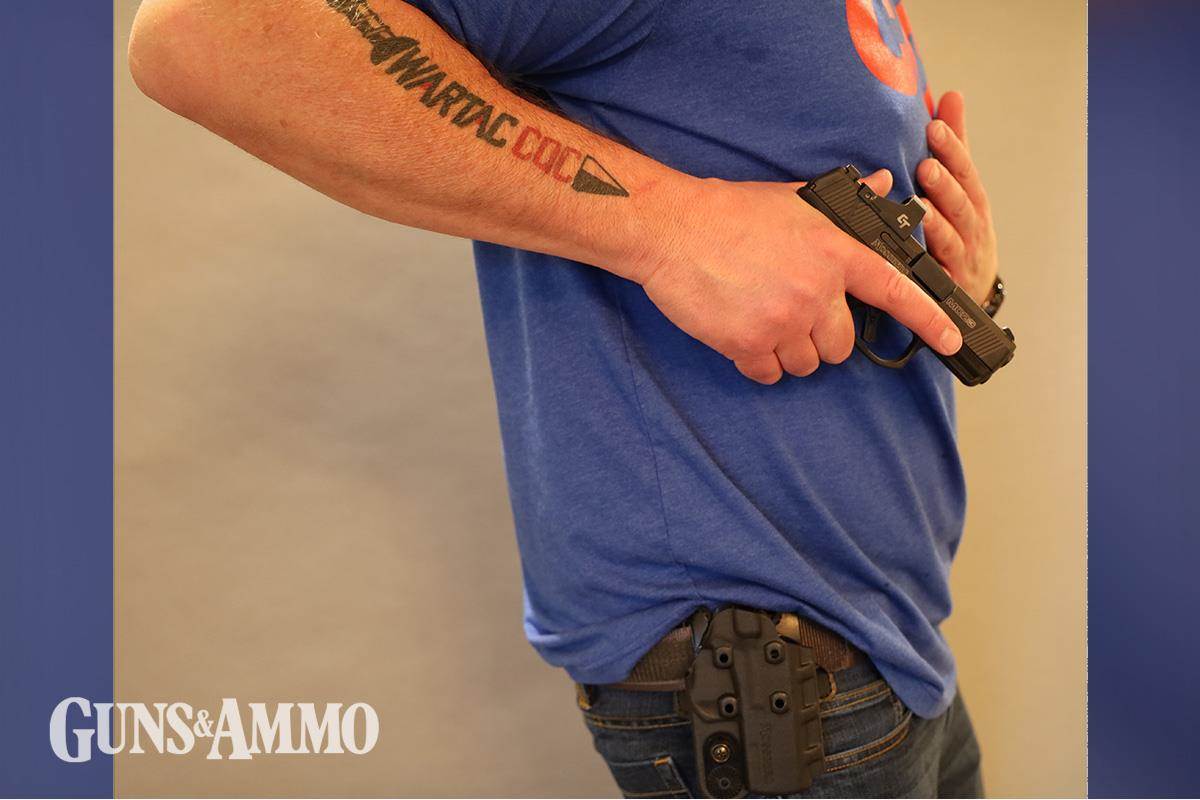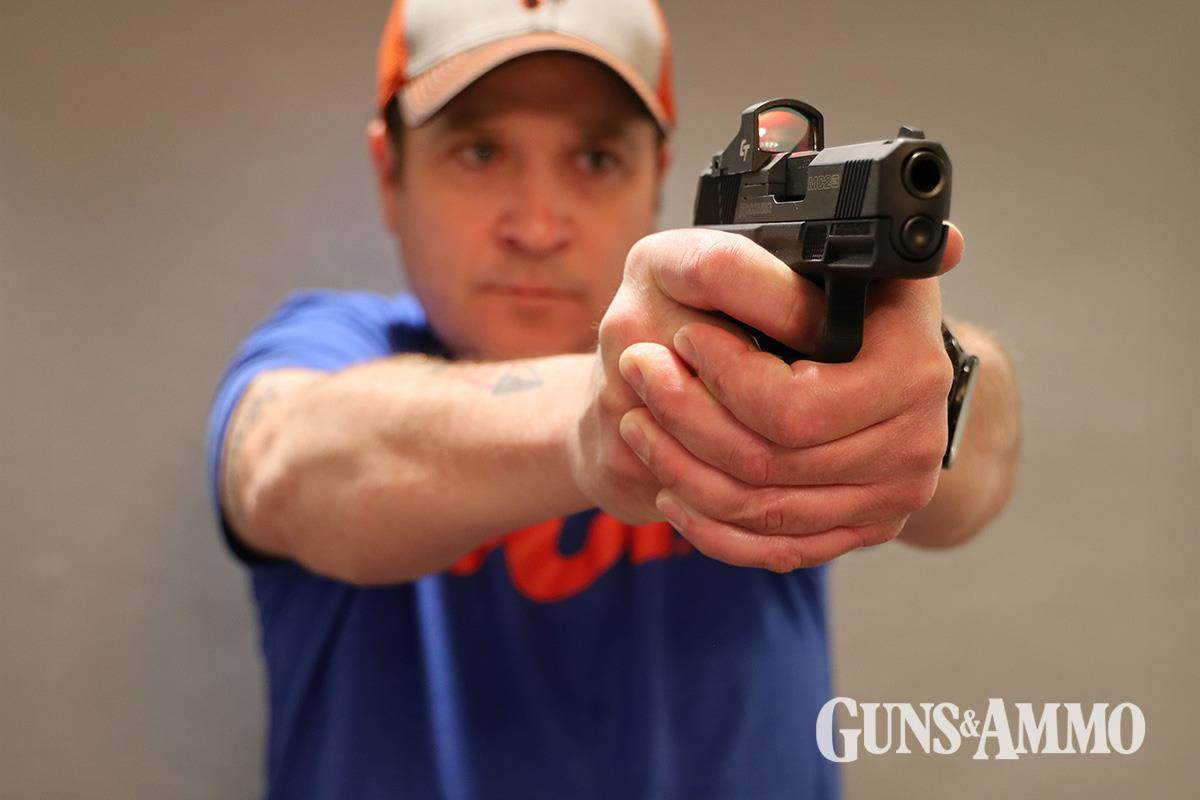Deep Practice: Improve Your Shooting The Right Way
Posted by Richard Nance on 3rd Jun 2023
Done right, deep practice will help you engrain good shooting techniques in order to build skill and increase performance.
By Richard Nance
Under the watchful eye of one the nation’s top martial arts competitors, I jumped and spun 360 degrees to execute a kick that was part of the form or “kata” he was helping me perfect. I landed clumsily and was embarrassed. I tried again and again, each time exerting maximum effort but each time falling short. Finally, my mentor stopped me, explaining that I had reached the point of diminishing returns.
As a 16-year-old karate student in the late 1980s, I assumed repeating full speed repetitions of the kick was the way to master it. Seemingly, many students of pistolcraft believe a similar fallacy.
Too often, a shooter whose goal is to draw and hit the target from, say, 5 yards in less than a second will repeat this draw and fire sequence over and over. While this is a sure way to test yourself (you either get the hit within the allotted time or you don’t), it’s hardly the best way to improve. That’s where deep practice comes in.

A term popularized by Daniel Coyle in his book, “The Talent Code,” deep practice refers to a specific method of practice designed to build myelin. Coyle described myelin as a “dense fat that wraps like electrical tape around a nerve fiber, preventing the electrical impulses from leaking out.” Myelin rewires the brain by creating and reinforcing neuropathways. The result is stronger, faster and more accurate signals and, subsequently, improved performance. But what exactly is deep practice?
Deep practice requires you first see the big picture. If you want to improve your drawstroke, watch someone who’s drawstroke you’d like to emulate, perhaps a World Champion shooter like Robert Vogel. (Check out this video from SureFire’s Field Notes series.) Don’t focus on specific details but rather, take in the overall technique. Watch the drawstroke over and over until you can close your eyes and envision the sequence.

Continuing our example, now, with Vogel’s drawstroke firmly embedded in your psyche, it’s time to break it down into its individual components, a concept often referred to as “chunking.” Perhaps you chunk the drawstroke as follows:
- Establish your grip and bring your support hand to your body
- Draw the gun from the holster and orient the muzzle to the target
- Join the support hand to the grip, and drive the gun to the target
- Press the trigger
Notice how he breaks the drawstroke down. Each component can and should be practiced individually before practicing the drawstroke in its entirety. One of the benefits of chunking as well as practicing in slow motion (another element of deep practice) is that it enables you to identify and immediately correct mistakes that would be imperceivable at full speed.


Of course, even deep practice must be reinforced with repetition. After all, there’s a reason they call repetition the “mother of skill.” And yes, some of those reps should be performed at full speed. It’s important that we push ourselves to the limit of our ability, but, like the kick I was trying to master in my teens, you shouldn’t dwell there, or you too will reach the point of diminishing returns.
Slow motion repetitions allow you to feel a technique. For instance, could you feel any wasted motion as your hand moved to the gun? Were you able to feel that contact between the backstrap and the web of your hand? Did you feel your middle finger touch the bottom of the trigger guard before drawing the gun from the holster?
For maximum Return on Investment (ROI) of your training time, focus on deep practice. Build that myelin to reinforce proper technique. Quality trumps quantity. Myelin wraps but it doesn’t unwrap. If you’re not careful, you could get really good at executing a technique like the drawstroke incorrectly. But, done right, deep practice will allow to engrain proper techniques in order to build skill and increase performance.

